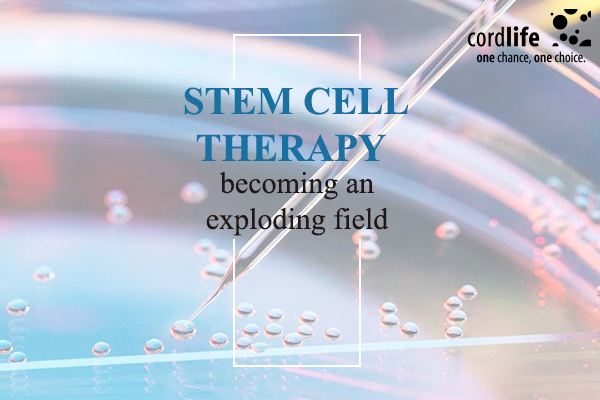Table of Contents
Stem cells are present in nearly every body tissue. However, it is not possible to access cells from many tissues. Bone marrow, umbilical cord and umbilical cord blood are the main sources of easily accessible stem cells. Umbilical cord blood is the easiest source of these sources. It is only available at the time of birth, however. Cells must be saved using a special cryopreservation process. It’s just about saving in cold. Cells must be saved below-196 degrees at temperatures.
The Indian Medical Research Council recently updated its guidelines for regulating the Indian stem cell therapy industry. The council, which is under the Ministry of Health and Family Welfare, is concerned that some clinics may offer stem therapy for medical conditions that cannot be treated in fact.
Stem cells are undifferentiated biological cells on which all tissues and organs are founded. A stem cell has the ability to grow into a specialized cell, such as a neuron or blood cell type. For the treatment of serious medical conditions, stem cells extracted from human bone marrow, circulating blood or umbilical cord blood are used. For example, chemotherapy that targets cancer cells also destroys healthy blood cells in patients with cancers such as leukemia and lymphoma. Such patients may have bone marrow stem cell transplants from healthy donors, allowing their bodies to recreate healthy blood cells.
The umbilical cord is a biological marker of bond with the mother of a newborn. The umbilical cord inside the womb serves as a food passage for the foetus and is also an emotional connecting medium between the mother and the child. The usual practice after birth is to cut it off and dispose of it. But the importance of preserving the umbilical cord has been underlined by recent developments in science. Scientists have found that the cord blood is the source of highly efficient stem cells that can be used in the future to treat children with major ailments.
The ICMR was also concerned about banking and the use of umbilical cord blood. Many maternity hospitals are now promoting the saving of cord blood containing stem cells after birth, which could be used in case the child develops a serious medical condition requiring stem cell therapy. There are both public and private stem cells banking companies in India.
There are some publicly funded umbilical cord blood banks, but there is no guarantee that he will receive the stem cells harvested from the cord blood during his birth when the child is grown up. Because of this, several private banks have emerged, engaging in promotional advertising offering cord blood storage with the promise of future therapeutic use. However before saving your baby’s cord blood just verify all of the companies and choose the best company for you.
